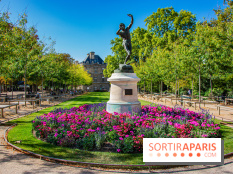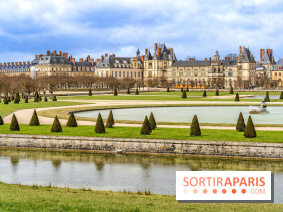We end our tour of Paris villages where we could actually see ourselves living with the Charonne district, which frankly looks like a small village.
And rightly so, because it used to be one! It was in 1860 that the village of Charonne was annexed by Napoleon III and became a district of Paris in its own right. The district was built around the beautiful Eglise Saint-Germain-de-Charonne and its cemetery (still visible today!), the history and architecture of which we detailed for you here.
The village of Charonne has retained its working-class charm of yesteryear, when it was the site of numerous factories (leather, matches, candles and hats). Cobblestone streets lined with low-slung houses, flower-filled gardens, old lampposts and small cafés abound. These bygone days are particularly evident in some of the neighborhood's streets, such as Rue Riblette.
Not far from here are the Pavillon de l'Ermitage, a vestige of the former Château de Bagnolet, and its small park, well worth an extended stop for a rest or to discover the temporary exhibitions inside the Pavillon; theEglise Saint-Jean-Bosco, a little Art Deco marvel built in the 1930s; the Jardin Naturel Pierre-Emmanuel, a wild garden; and the Rue des Vignoles, criss-crossed by a dozengreen cul-de-sacs, absolutely charming.
The 20th arrondissement and its small villages have a lot to offer in terms of calm and greenery!























